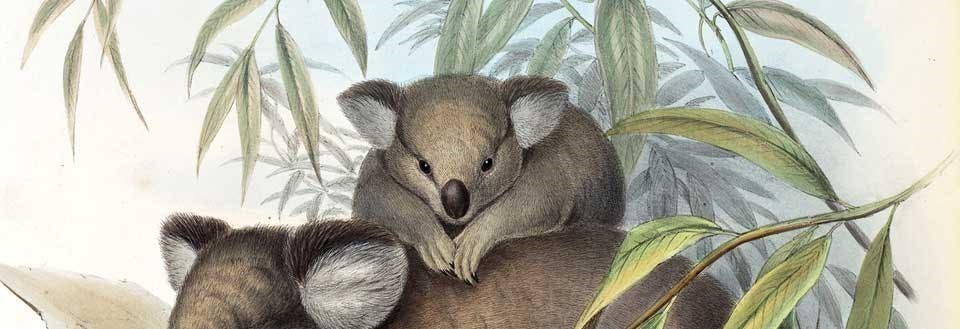Section II.
Ordering the Natural World, 1700-1810
In the eighteenth century, natural history acquired a sense of order that had been lacking in previous eras. Although earlier naturalists had developed various ways of organizing the world, there was no general agreement as to the best way to go about this. Most naturalists understood what is meant by a species, and to some extent a genus, but higher groupings were more controversial, and generally avoided. Nor was there any consistency in the naming of animals and plants. Encyclopedias like Gesner’s usually gave names in a variety of languages, such as German, French, Greek and Latin, and then proceeded to add a number of Latin modifiers, such as Indus, albus, ferox, hirsutus (Indian, white, wild, hairy) to identify the particular organism under discussion.
By the year 1800, the situation had changed completely. Animals and plants had been given universally accepted binomial names, and they had natural places in the arrangement of nature. Credit for this goes primarily to Carl Linnaeus. Interestingly, not everyone agreed with the change in emphasis from description to taxonomy, and critics like Georges Buffon made eighteenth-century natural history a very lively discipline.
Coupled with this spirit of system was the continued discovery of new species, which were then incorporated into the system. Both kinds of works, systematic and descriptive, are included in this section of the exhibition.

